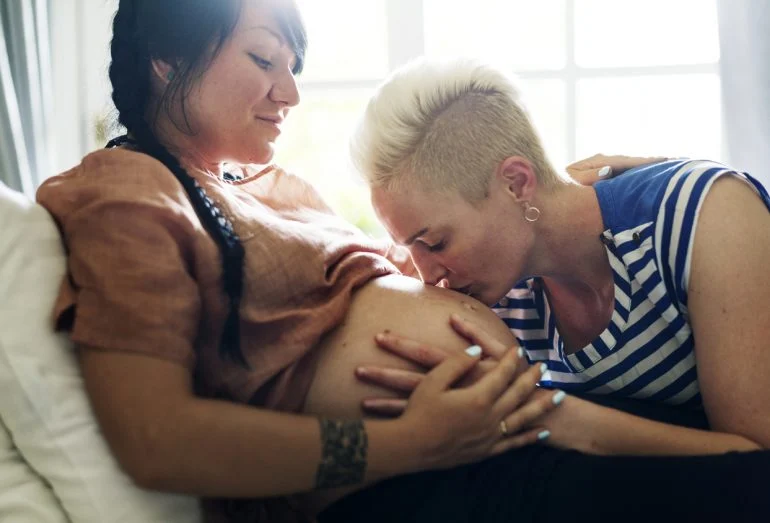Your cart is currently empty!
How the Internet Has Transformed Conversations About Sexuality
Recently, my 9-year-old son, Jake, shared a moment from his day that caught me off guard. He was blushing and giggling, eager to see my reaction as he disclosed that a classmate had somehow brought a smartphone to school and shared explicit images with friends. I had anticipated discussions about these topics would arise later, likely in middle school. However, as a parent from a pre-digital era, I realized that children today encounter sexual content much earlier than I did, often with little guidance.
The digital landscape has made explicit imagery more accessible than ever, and I’ve tried to mentally prepare for what I call “The Birds and the Bees 2.0.” This modern approach to discussing sex must include the complex realities of the internet and its implications on young minds.
As Jake and I began our conversation, I adopted a nonjudgmental tone, emphasizing that not all individuals featured in explicit content have consented to their images being shared. “Some of them are exploited,” I explained cautiously. “There are even young individuals, like older teens, who may not realize the permanence of sharing such images.” This revelation visibly confused him, prompting me to clarify, “Yes, some may be young like you and your brothers.”
The gravity of the topic became apparent when I mentioned that many people portrayed online do not resemble the average person. “Often, they undergo extensive editing or use significant makeup, creating unrealistic standards that can be harmful.” Jake recoiled at the thought, his youthful innocence clashing with the seriousness of the discussion. “But I want you to understand that real bodies are diverse and beautiful in their own way,” I continued.
Our dialogue shifted to the nature of curiosity and exploration. “Looking at such images isn’t inherently bad,” I pointed out, “but I encourage you to consider what you’re viewing and who is involved.” It was essential to instill a sense of respect and mindfulness. This conversation was not merely about prohibiting access but rather about fostering a healthy perspective towards sexuality and consent.
As I navigated this complex terrain, I recognized two distinct versions of Jake: the innocent child who finds anything remotely romantic “gross,” and the burgeoning young man who will eventually seek his own understanding of intimacy. The challenge of parenting is to engage both sides, providing guidance without instilling fear or shame.
While I might wish to impose restrictions, I understand that as Jake grows, he will have continued access to various forms of media, including explicit content. According to recent studies, a significant percentage of teenagers have already encountered such material online. My goal is to equip him with the tools to approach these topics critically and respectfully.
Ultimately, I want my sons to appreciate the beauty of sex without shame. They should recognize the importance of consent and understand that pornography does not always reflect the complexities of real-world relationships. This ongoing dialogue, this “Birds and the Bees 2.0” conversation, is vital, regardless of its awkwardness.
As we continue navigating this intricate landscape, I find solace in the idea that while I cannot control every aspect of what my children see, I can certainly influence how they perceive it. For further insights, consider exploring this excellent resource on pregnancy and home insemination, or if you’re interested in home insemination methods, check out these authoritative supplies.
In conclusion, fostering open, honest communication about sexuality in the age of the Internet is essential for our children’s understanding and respect for themselves and others.
